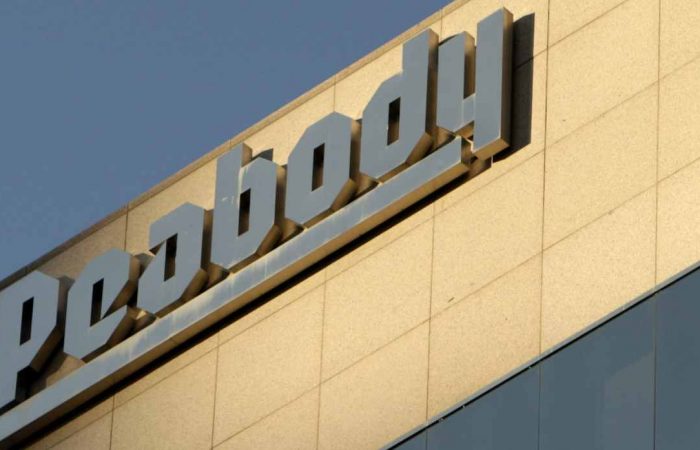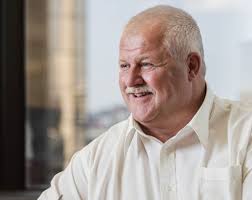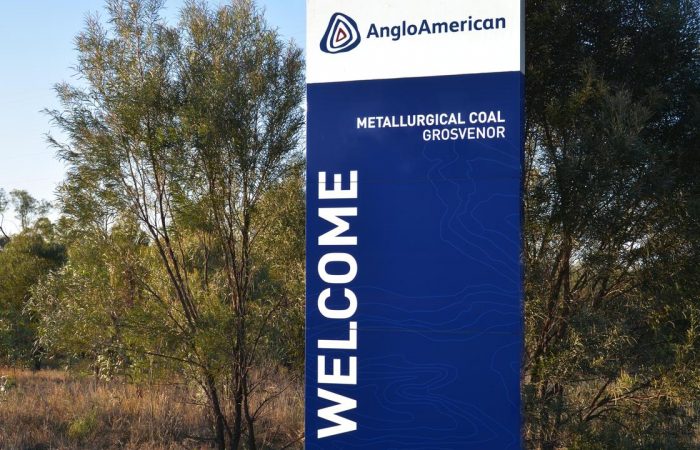
CW-4 was employed with Peabody throughout the Class Period and served as a Business Director during the Class Period at Peabody’s St. Louis, Missouri headquarters.
2021-03-19 – 0038 PEABODY ENERGY – AMENDED COMPLAINT (3023799.1) (1)
63. CW-4 was employed with Peabody throughout the Class Period and served as a Business Director during the Class Period at Peabody’s St. Louis, Missouri headquarters. CW-4 worked alongside experts on blasting and geo-technical practices to identify, develop, record, and share best practice steps that could be used in all Peabody mines to make mining more efficient.
11 Daily Meetings and Reports About North Goonyella Shared With Peabody Senior Management and North Goonyella Task Force in the U.S.
- According to CW-4, Peabody Australia was in daily contact with senior Peabody executives in the United States, including Defendants Kellow and Schwetz. CW-4 reported that in response to the fire at North Goonyella in September 2018, Peabody corporate set up a war room at headquarters in St. Louis (“HQ”) and created a North Goonyella Task Force, which held regular meetings to: (i) discuss what was happening at the mine, (ii) receive information from Australia, and (iii) make decisions.
- According to CW-4, the following individuals were members of (or linked to) the North Goonyella Task Force: (i) Defendant Kellow; (ii) Defendant Schwetz; (iii) Charles Meintjes (EVP of Corporate Services and CCO); (iv) Kemal Williamson (President of U.S. Operations and Group Executive Operations, Australia before that position); (v) Charles Lilly (technical services group); (vi) Mike Breneman (Safety Director, Americans/U.S. Operations February 2015 – June 2020) and (vii) George Schuller (President – Australia). CW-4 advised that Mike Breneman was “tapped” to coordinate the North Goonyella Task Force Meetings. CW4 stated that Kellow viewed Breneman favorably, but that Breneman was frustrated with how things were managed with respect to the North Goonyella mine.
- CW-4 added that Defendant Schwetz was “very involved” with Peabody’s operations and likely attended nearly all of the Task Force meetings.
- According to CW-4, at first, the Task Force met multiple times a day, seven days per week, including a 5:00 or 6:00 AM CT call with Australia. CW-4 confirmed that over time, the frequency of the task force meetings lessened.
- CW-4 recalled that things were hectic at HQ immediately post-fire and that there was a sense of urgency among North Goonyella Task Force members. CW-4 heard that Defendant Kellow would demand 2:00 AM CT meetings with Peabody’s C-Suite executives when there was news about the North Goonyella mine.
- According to CW-4, Peabody U.S. had access to a lot of information on the North Goonyella mine including photos of “great big plumes of black smoke” which would normally be attributed to a fire rather than smoldering from small smokers on the surface of a mine where coal is stacked (also known as a “heating event”).
- CW-4 confirmed that members of the NG Task Force should have received every piece of paper generated by the QMI in Australia.
- CW-4 reported that Charles Lilly, an expert who also worked in Peabody’s technical services group, also was heavily involved with evaluating what was going on at the North Goonyella mine and planning next steps. According to CW-4, Lilly evaluated and corresponded as an onsite technical expert for the War Room Team. CW-4 recalled that Lilly would travel to Australia at least four times a year both before and after the fire at the North
Goonyella mine.
- CW-4 recalled that Defendant Kellow and Charles Meintjes would come down to technical services multiple times per week to consult with Lilly. CW-4 stated that Peabody also engaged third party experts and that the Company had a lot of information on the fire and where it was located.
- CW-4 recalled there was a lot of hallway conversation at HQ regarding the North Goonyella mine and that it was surprising to him that during investor calls and quarterly meetings, executives called the incident at North Goonyella a “heating event” and not a “fire.” In CW-4’s opinion, this downplayed the severity of what happened at the mine. It was CW-4’s opinion that the Company was sugarcoating the seriousness of the fire. CW-4 advised that, in his opinion, what Defendant Kellow said in quarterly conference calls often did not match reality.
- In CW-4’s opinion, the North Goonyella Task Force knew that it would take longer to reopen the North Goonyella mine than the Company had represented to the market.
194. CW-4 recounted how at the time when Peabody stated that they had hoped to reopen the mine within a year, they sent a drone or unmanned camera into the mine and saw that fire had been hot enough to melt the conveyor belt and cause damage to the infrastructure and longwall in the mine. CW-4 added that it was clear that the fire had “consumed” the mine and there was significant damage to the overall infrastructure of the mine.
195. CW-4 heard from members of Peabody’s Technical Services Team that they viewed the North Goonyella re-opening date as “unrealistic” given what they saw on the unmanned camera and the Australian mining rules. CW-4 reiterated that from the drone/camera images, they “saw enough” to see the damage was extensive and that it would take significantly longer to reopen the mine.
196. CW-4 recalled that Peabody had recently changed their forecasting methods to simplify forecasting. CW-4 heard concerns about forecasting methods during the relevant time period and heard the forecasting mechanism being described as inappropriate and broken. According to CW-4, Peabody invested “enormous resources” into forecasting, and expected their forecasts “to be accurate.” CW-4 stated that Peabody’s forecasting team was re-forecasting every 1-2 weeks.


